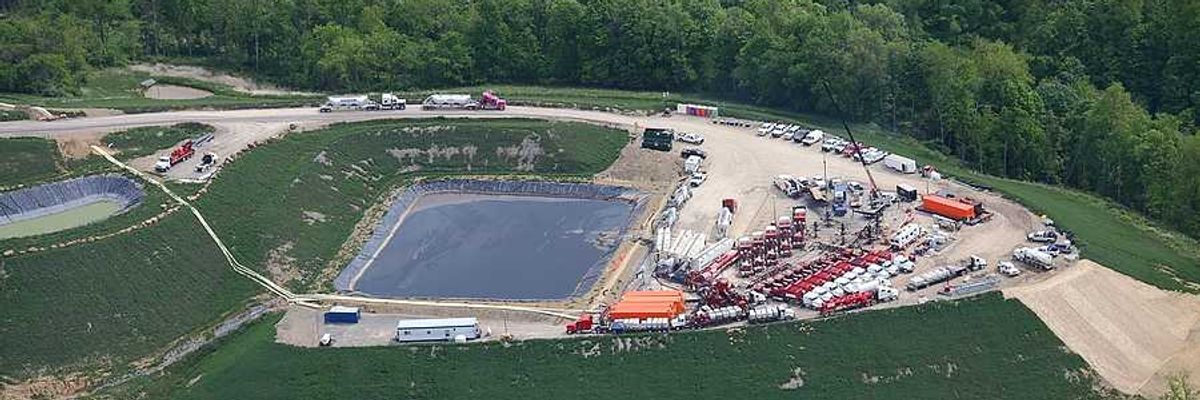toxic runoff
Hawaii faces an unprecedented challenge as wildfire impacts coral reefs
In the wake of the Lahaina wildfire, scientists and locals grapple with the potential toxic runoff into Maui's coral ecosystems. Audrey McAvoy reports for the Associated Press.
In short:
- The Maui wildfire presents a unique opportunity to study the effects of urban fire runoff on coral reefs, including toxics from burned materials.
- Local residents, deeply connected to the sea for food and recreation, express concerns over the safety of ocean waters and marine life.
- Initiatives are underway for water quality monitoring and environmental protection, emphasizing the need for patience and further research.
Key quote:
“I know a lot of people keep asking, ‘Is the water safe? Can we go out? Is it safe to fish and eat the fish?' We just want to reinforce the message that we know it’s frustrating, but if people can be patient. We’ve never encountered anything like this.”
— Russell Sparks, Maui aquatic biologist at the state Department of Land and Natural Resources
Why this matters:
The Lahaina wildfire and its toxic aftermath presents another scenario of the far-reaching threats that climate change imposes on communities, ecosystems, and public health policies. Chemical fallout, contaminated runoff and ecosystem threats can come from any number of sources.
L.A. has $556 million and a plan to capture more storm water. But will they ever do it?
After a series of storms drenched the region with a record 9.4 inches of rain in December, the Los Angeles River became a roiling, violent torrent in its concrete channel, before finally spilling into the Pacific Ocean.
Deep-learning artificial-intelligence robot sprayer helps in farming fight to save Great Barrier Reef
What does massive flooding in the Midwest mean for wildlife?
Some species struggle to survive, while others become more invasive.









